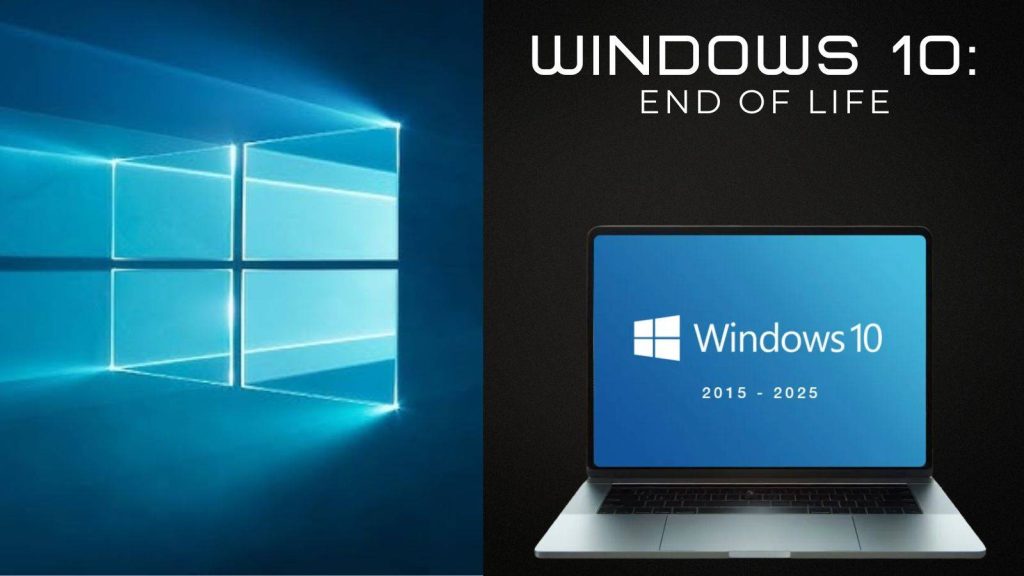As of October 14, 2025, Microsoft has officially ended support for Windows 10, marking the conclusion of a decade-long era for the popular operating system. This means that Windows 10 will no longer receive security updates, leaving devices vulnerable to potential threats. To ensure continued protection and access to the latest features, users are encouraged to upgrade to Windows 11.
Why Upgrade to Windows 11?
Windows 11 offers several enhancements over its predecessor, including:
- Improved Performance: Optimized for newer hardware, providing faster boot times and better resource management.
- Enhanced Security: Built-in features like TPM 2.0 and Secure Boot offer advanced protection against malware and unauthorized access.
- Modern Interface: A refreshed user interface with a centered Start menu, rounded corners, and improved window management.
- Updated Features: New tools like Snap Layouts, Widgets, and Virtual Desktops enhance productivity and multitasking.
Check Compatibility
Before upgrading, ensure your device meets the minimum system requirements for Windows 11:
- Processor: 1 GHz or faster with at least two cores on a compatible 64-bit processor or system on a chip (SoC).
- RAM: 4 GB or more.
- Storage: 64 GB or larger storage device.
- Firmware: UEFI, Secure Boot capable.
- TPM: Trusted Platform Module (TPM) version 2.0.
- Graphics Card: DirectX 12 compatible graphics / WDDM 2.x.
- Display: >9” with HD Resolution (720p).
You can use the PC Health Check tool provided by Microsoft to verify compatibility.
Upgrade Methods
If your device is compatible, you can upgrade to Windows 11 using the following methods:
Windows Update:
- Go to Settings > Update & Security > Windows Update.
- Click on Check for updates.
- If the upgrade is available, you’ll see an option to Download and install.
Windows 11 Installation Assistant:
- Download the Windows 11 Installation Assistant from the official Microsoft website.
- Run the tool and follow the on-screen instructions to upgrade.
Media Creation Tool:
- Download the Media Creation Tool from Microsoft’s website.
- Create a bootable USB drive or ISO file.
- Use the created media to perform an in-place upgrade or clean installation.
Note: As of October 13, 2025, some users have reported issues with the Media Creation Tool, such as unexpected crashes. If you encounter problems, consider using third-party tools like Rufus to create a bootable USB drive for the upgrade.
Extended Security Updates (ESU)
If your device is not compatible with Windows 11, you can enroll in the Extended Security Updates (ESU) program. This program provides security updates for an additional year, until October 13, 2026. Enrollment in this program can be done free via Microsoft Rewards or Windows Backup, particularly for users outside the EU, where it is available at no cost.
Risks of Not Upgrading
Continuing to use Windows 10 after support ends exposes users to several risks:
- Security Vulnerabilities: Without security updates, systems become susceptible to malware and cyberattacks.
- Software Incompatibility: New applications may not support Windows 10, leading to functionality issues.
- Hardware Incompatibility: Peripheral devices may no longer receive driver updates, causing potential malfunctions.
Steps to Take Now
1. Check System Compatibility: Use the PC Health Check tool to verify if your device can run Windows 11.
2. Backup Important Data: Ensure all critical data is backed up before making any changes.
3. Upgrade to Windows 11: Follow the methods outlined above to upgrade your system.
4. Enroll in ESU (If Needed): If upgrading isn’t immediately possible, enroll in the ESU program for continued security updates.
5. Consider Alternative Operating Systems: Explore lightweight operating systems if your hardware is incompatible with Windows 11.




